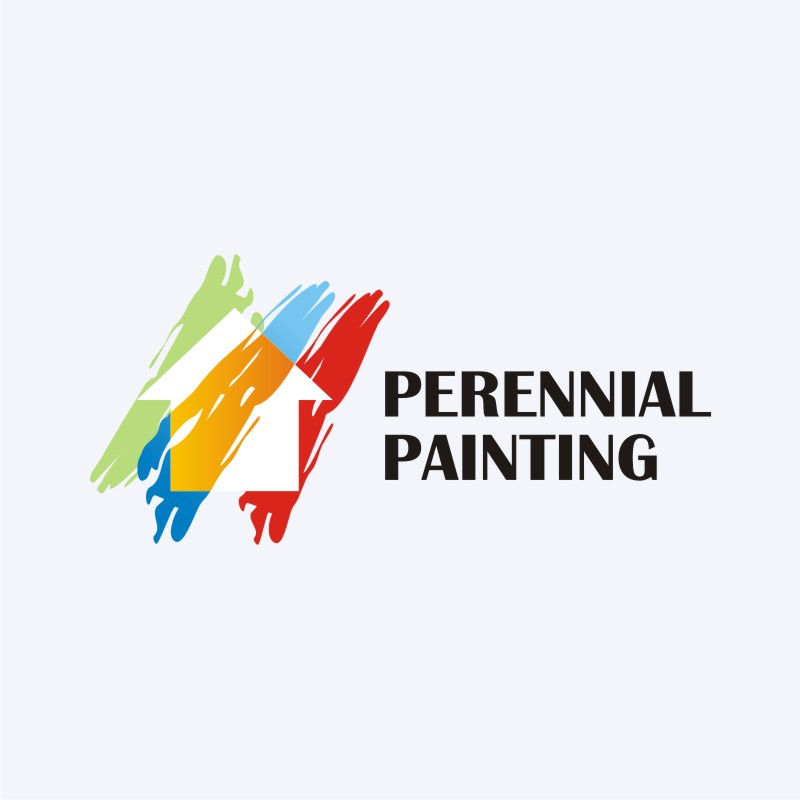Elements To Take Into Consideration For Industrial Outside Paint By Season: Important Information You Ought To Have
Elements To Take Into Consideration For Industrial Outside Paint By Season: Important Information You Ought To Have
Blog Article
Authored By-Leach Chaney
When you're preparing a business external paint task, seasonal factors can make or damage your results. You'll want to consider exactly how temperature level and moisture impact paint application and drying out times. Choosing the appropriate period can guarantee your paint sticks effectively and lasts much longer. But which periods are truly the most effective for this type of work? Let's explore the key elements that can influence your task's success.
The Influence of Temperature Level on Paint Application
When you're preparing a business outside painting job, the temperature level can significantly affect exactly how well the paint sticks and dries.
Ideally, you wish to repaint when temperatures vary between 50 ° F and 85 ° F. If it's as well chilly, the paint may not treat effectively, causing issues like peeling off or splitting.
On the flip side, if it's also warm, the paint can dry as well promptly, avoiding proper bond and resulting in an irregular coating.
You need to likewise think about the moment of day; early morning or late afternoon uses cooler temperatures, which can be a lot more favorable.
Constantly examine the manufacturer's suggestions for the specific paint you're making use of, as they frequently offer assistance on the perfect temperature level array for optimum outcomes.
Humidity and Its Result on Drying Times
Temperature isn't the only environmental variable that affects your business external paint project; humidity plays a substantial function too. High humidity levels can reduce drying out times substantially, influencing the overall high quality of your paint task.
When the air is filled with dampness, the paint takes longer to cure, which can result in issues like bad adhesion and a greater danger of mildew development. If you're repainting on a specifically humid day, be planned for extensive delay times between coats.
It's essential to check local weather and strategy as necessary. Ideally, go for moisture levels between 40% and 70% for optimal drying out.
Maintaining these factors in mind guarantees your job stays on track and delivers an enduring finish.
Best Seasons for Commercial Exterior Painting Projects
What's the very best time of year for your business outside paint jobs?
Springtime and early autumn are normally your best options. Throughout these seasons, temperatures are mild, and humidity levels are frequently reduced, creating optimal problems for paint application and drying.
Stay tulsa commercial epoxy flooring of summertime's intense heat, which can cause paint to completely dry as well promptly, leading to poor adhesion and coating. Likewise, winter season's chilly temperatures can prevent appropriate drying out and curing, taking the chance of the durability of your paint task.
Go for https://realtybiznews.com/what-to-expect-when-using-a-painting-company-for-your-new-denver/98774470/ with temperatures between 50 ° F and 85 ° F for optimum outcomes. Remember to inspect the local weather forecast for rain, as wet conditions can spoil your task.
Planning around these factors guarantees your paint task runs efficiently and lasts much longer.
Conclusion
In conclusion, intending your business outside paint tasks around seasonal considerations can make a considerable distinction in the end result. By scheduling work during the suitable temperature levels and moisture levels, you'll make certain much better adhesion and drying times. Bear in mind to watch on neighborhood weather prediction and select the right time of year-- spring and early fall are your best options. Taking these steps will help you accomplish a sturdy and specialist surface that lasts.
